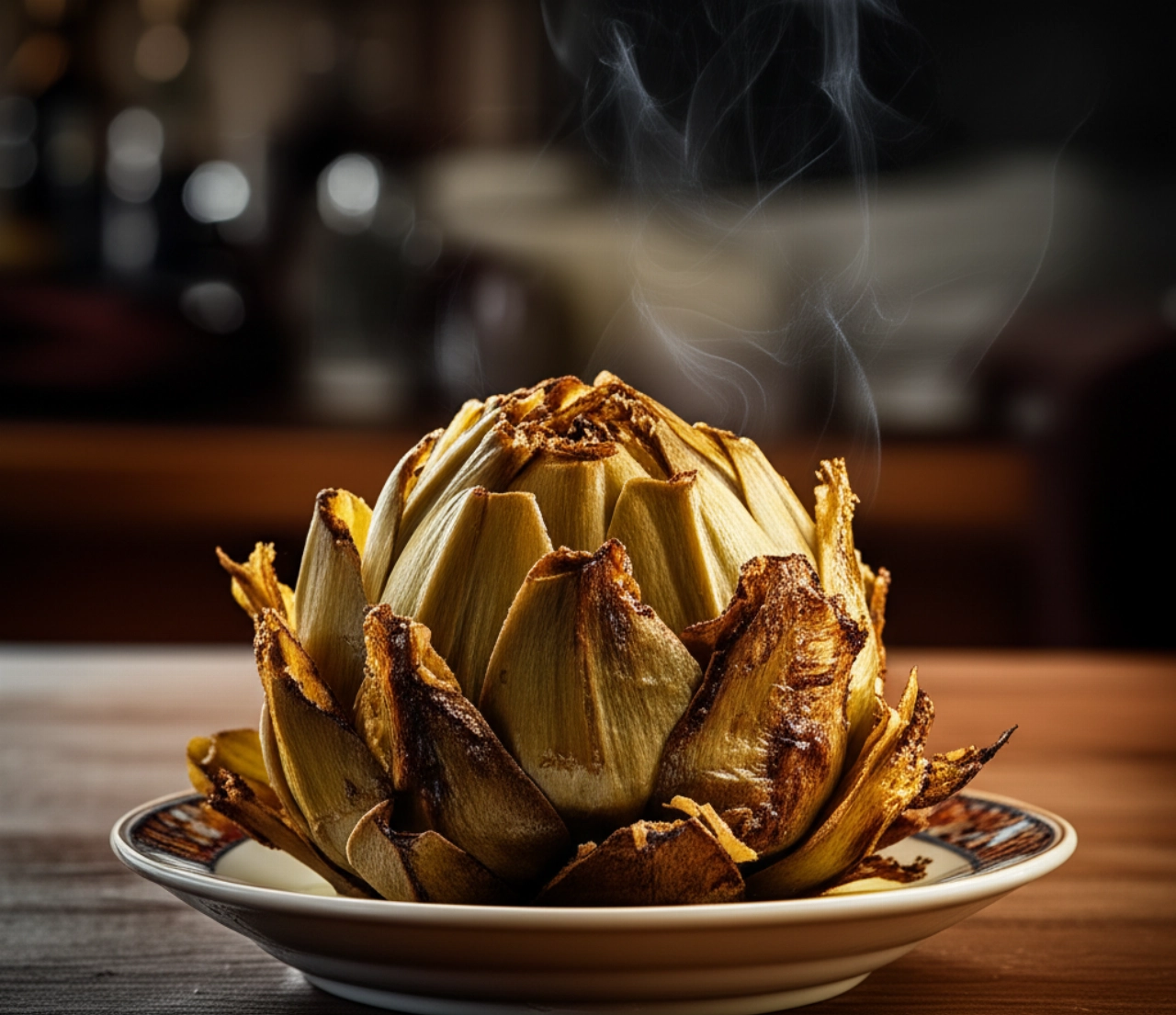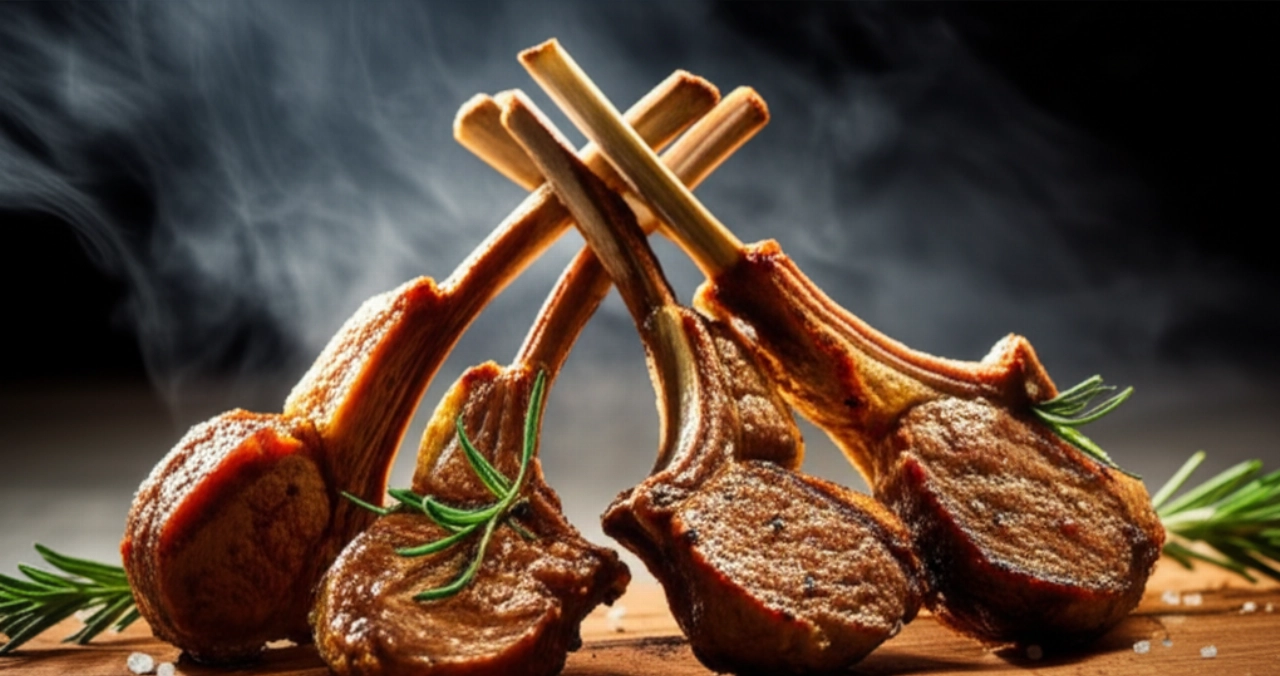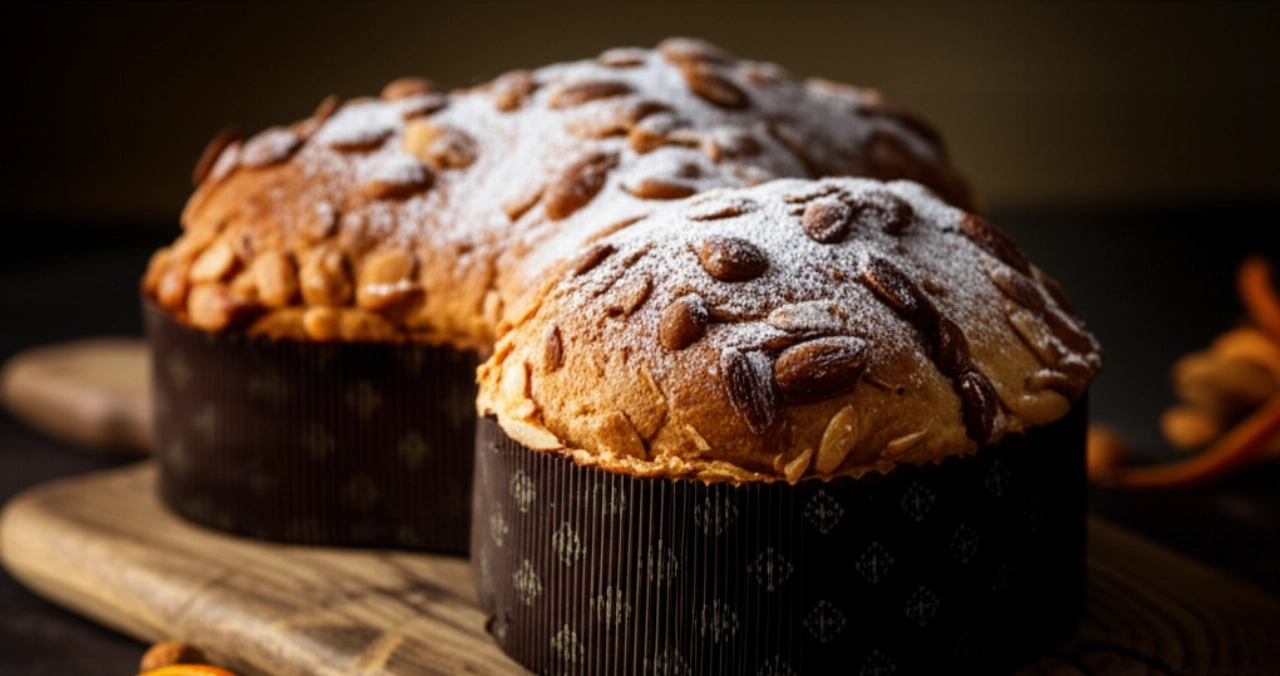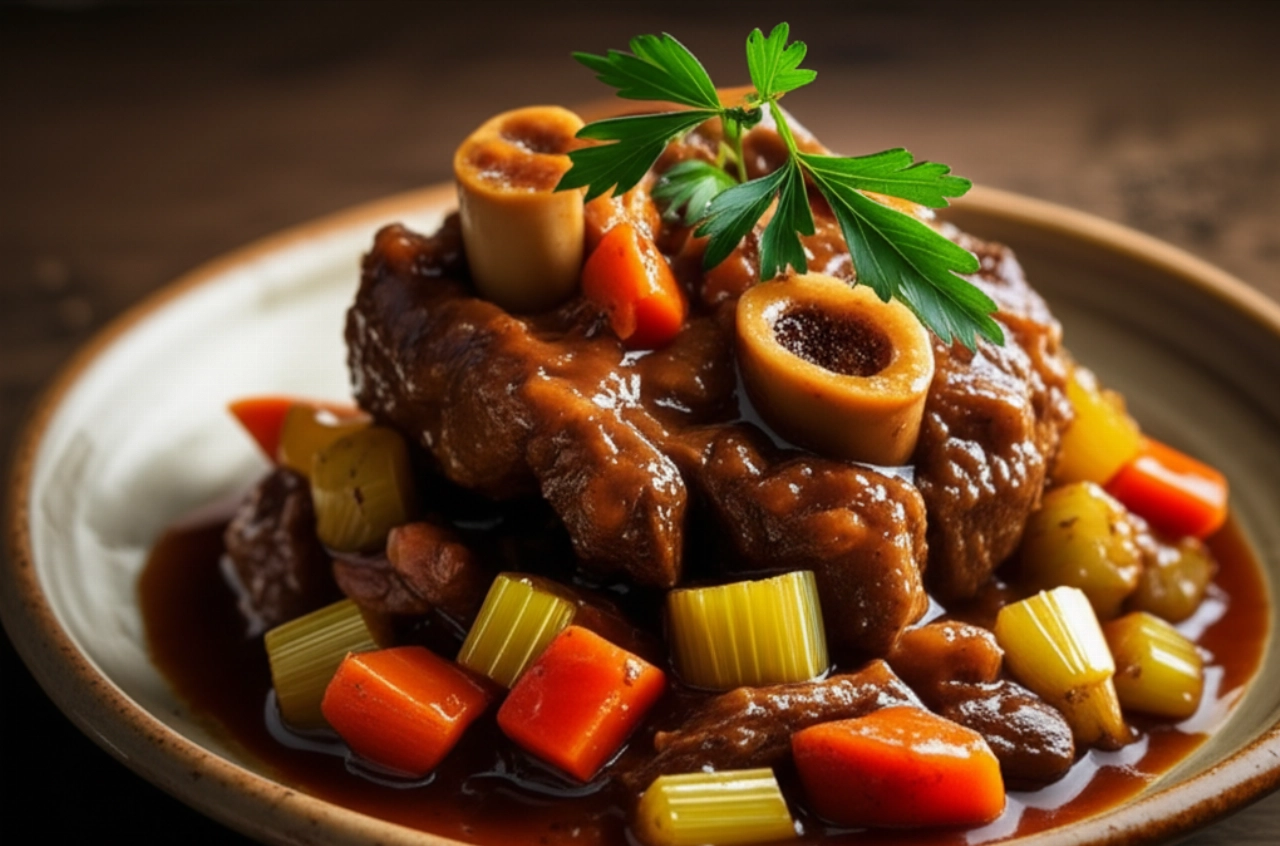Do you dream of bringing to the table a dish that speaks of Rome, tradition, Easter, a dish with an intense and enveloping flavor like Lamb Coratella with Artichokes? A main course that, with its richness, tastes of celebration and family?
But perhaps you're afraid that the coratella will become rubbery, or that the artichokes will fall apart, or worse, that the flavor won't be authentic, what you expect from such an iconic dish of Roman cuisine. Finding the right recipe, one that guarantees success, can seem like a challenge.
Fear not! Make yourself comfortable. Here you won't just find a list of ingredients, but a complete guide, full of secrets and practical tips, to prepare a Lamb Coratella with Artichokes that will make you feel like a true Roman chef. Success is guaranteed, and the aroma will fill your kitchen with joy and tradition. I'll guide you step by step to achieve tender and flavorful coratella, with perfectly cooked artichokes, without the risk of the meat becoming rubbery or the artichokes mushy. Success is assured!
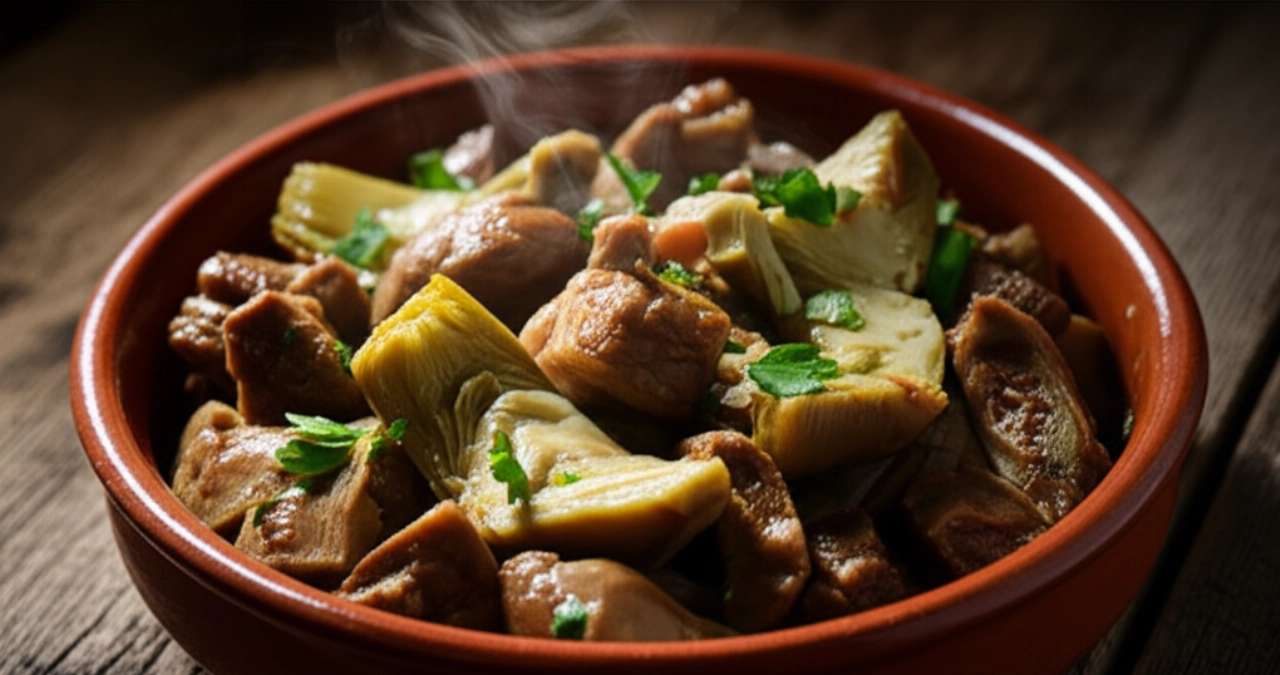
The Perfect Balance: The Secret of Our Lamb Coratella with Artichokes
Lamb Coratella with Artichokes is an ode to Roman cuisine, a dish that evokes Easter and the most authentic traditions of the quinto quarto (fifth quarter/offal). But its apparent simplicity hides a small secret: balance. Too often, there's a risk of getting tough, stringy coratella, or mushy and tasteless artichokes. Our promise is to guide you towards an impeccable result, where every bite is a triumph of flavors and textures, a true embrace of Roman cuisine.
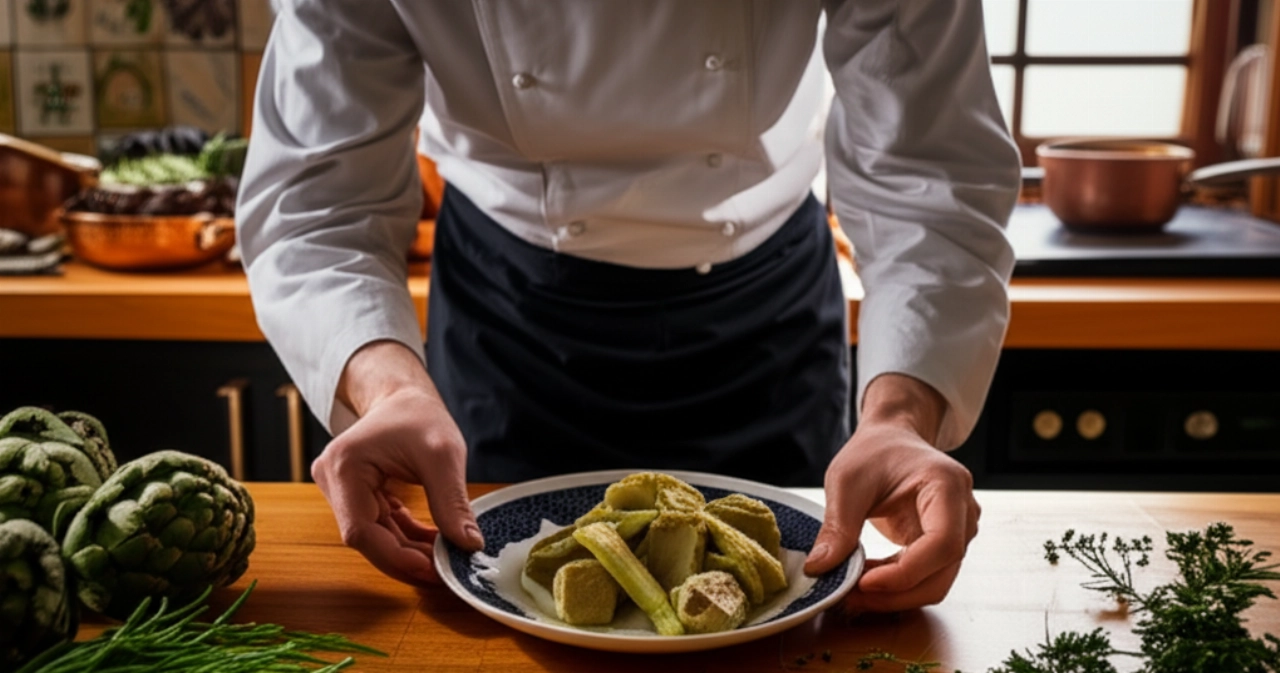
Smart Ingredients: The Choice That Makes a Difference
For such a traditional dish, ingredient quality is fundamental. It's not just a list, but a reasoned selection to guarantee the best result.
- Lamb Coratella (heart, lungs, liver): Always choose very fresh coratella, preferably from young lamb, for greater tenderness and a more delicate flavor. Ask your trusted butcher to clean it well and cut it into regular pieces. This is the heart of the dish, and its freshness is crucial.
- Roman Artichokes (mammole): These are the ideal variety for this recipe, tender, meaty, and with few internal thorns. If you can't find them, opt for Sardinian or Apulian thorny artichokes, cleaning them carefully. Their sweetness balances the strong flavor of the coratella.
- Dry white wine: A good, not too aromatic wine, will be used to deglaze the pan, adding acidity and depth of flavor. Do not use sweet or sparkling wines!
- Fresh Roman mint: An essential aromatic touch that distinguishes true Roman Coratella. Do not underestimate this ingredient, it is the signature of the dish!
- Garlic: Two or three cloves, depending on your taste. It will be the aromatic base of the soffritto.
- Extra Virgin Olive Oil: Of good quality, for a fragrant soffritto and even cooking.
- Salt and Black Pepper: To taste, to enhance the flavors without overpowering them.

The 3 Mistakes That Make Coratella Rubbery (and How to Avoid Them)
For your coratella to be tender and juicy, it's essential to avoid these common pitfalls:
- Excessive or Insufficient Cooking of the Coratella: Coratella needs its proper cooking time. If it cooks too little, it will remain tough. If it cooks too long, it will become rubbery. The secret is a decisive browning followed by slow and controlled cooking, but not endless. The liver, in particular, cooks much faster than the other cuts.
- Incorrect Cutting of Pieces: If the coratella pieces are too large, they will take too long to cook and risk hardening on the outside while the inside remains raw. If they are too small, they will dry out. Ask the butcher to cut them into regular bite-sized pieces of about 2-3 cm.
- Lack of Acid or Inadequate Deglazing: White wine not only adds flavor but also slightly tenderizes the coratella fibers thanks to its acidity. Deglazing well and allowing the alcohol to evaporate is a crucial step for a tender and flavorful result.
Grandma's Secret: The Touch That Makes Coratella Unforgettable
My grandmother, when she prepared coratella, always told me: “Remember, darling, the secret is not just in the ingredients, but in respecting the timing and 'feeling' the dish. And then, a pinch of chili pepper, almost imperceptible, which gives it an extra kick without overpowering the flavors.”
Her trick was twofold: a very lively initial browning of the coratella, to seal in the juices and give it a golden color, and then a slow and covered cooking, adding the artichokes only halfway through the coratella's cooking time. This allowed each component to cook perfectly, maintaining its own texture and flavor, without one overpowering the other or getting ruined.
Let's Prepare Lamb Coratella with Artichokes Together: The Step-by-Step Guide
Follow these steps carefully and success is guaranteed!
Ingredient Preparation
- Clean and cut the coratella: If the butcher hasn't already done so, separate the various cuts (heart, lungs, liver). Remove any fatty or fibrous parts. Cut the heart and lungs into pieces of about 2-3 cm. The liver, which cooks faster, cut it a bit larger (about 3-4 cm) or add it only in the last few minutes of cooking. Rinse well under cold water and pat dry with paper towels.
- Clean the artichokes: Remove the harder outer leaves until you reach the tender, light ones. Cut off the thorny tip and peel the stem. Cut the artichokes in half, remove the inner "beard" (the choke), and cut them into thin wedges. As you clean them, place them in a bowl with water and lemon juice to prevent them from blackening.
Cooking the Coratella
- Prepare the soffritto: In a large, heavy-bottomed pan, heat plenty of extra virgin olive oil with the garlic cloves (whole or minced, to your taste) and, if you like, a pinch of chili pepper.
- Brown the coratella: When the garlic is golden, add the heart and lung pieces of the coratella. Brown them over high heat for a few minutes, stirring often, until they are well sealed and have taken on a nice golden color. This step is crucial for flavor!
- Deglaze with wine: Deglaze with dry white wine, raising the flame to completely evaporate the alcohol. Scrape the bottom of the pan well with a wooden spoon to gather all the flavors.
- Slow cooking: Lower the heat, cover the pan, and let it cook for about 20-25 minutes. The coratella should become tender. Check occasionally and, if necessary, add a ladleful of hot water or vegetable broth to prevent it from sticking.
Adding Artichokes and Finishing
- Add the artichokes: At this point, drain the artichokes well from the water and add them to the coratella. Also add the Roman mint leaves, torn with your hands. Mix gently.
- Continue cooking: Cover again and continue cooking for another 15-20 minutes, or until the artichokes are tender but still firm, and the coratella is perfectly cooked. If you set aside the liver, add it in the last 5-7 minutes of cooking, stirring gently.
- Adjust salt and pepper: Taste and adjust salt and pepper. If the cooking liquid is too thin, remove the lid and slightly raise the heat to reduce it.
- Serve: Serve the Lamb Coratella with Artichokes hot, perhaps with a sprinkle of fresh chopped parsley, if you like.
Tips and Frequently Asked Questions about Lamb Coratella with Artichokes
Here are some of the most frequently asked questions, with answers that will help you clear any doubts!
Can I use frozen artichokes?
Certainly, if necessary, you can use pre-cleaned frozen artichokes. Choose those cut into wedges or small pieces. Do not thaw them first; add them directly to the pan as instructed, but be aware that they might release more water and have a slightly different texture compared to fresh ones.
How can I properly clean the coratella?
Cleaning is essential. If your butcher hasn't already done so, separate the heart, lungs, and liver. Remove all fatty parts, blood vessels, and tougher membranes. Rinse thoroughly under cold running water and pat dry with kitchen paper. This step is crucial for a clean flavor and pleasant texture.
Can I prepare Coratella in advance?
Yes, you can prepare it in advance! In fact, like many traditional dishes, Lamb Coratella with Artichokes is even better the next day, as the flavors settle. Store it in the refrigerator in an airtight container and gently reheat it before serving, perhaps adding a splash of water or broth if it seems too dry.
My coratella always turns out tough, why?
There are two main reasons: insufficient cooking or excessive cooking. Coratella needs a lively initial browning to seal in the juices, followed by slow, covered cooking. If you cook it too little, it will be tough. If you cook it too long, especially the liver, it will become rubbery. Follow the times indicated in the recipe and taste to check for tenderness.
Which wine to pair with Lamb Coratella with Artichokes?
To accompany Lamb Coratella with Artichokes, a young, medium-bodied red wine is ideal. A Cesanese del Piglio, a Montepulciano d'Abruzzo, or a Chianti Classico are excellent choices. If you prefer white, a Frascati Superiore or a well-structured Vermentino can be an interesting option.
A Masterpiece of Tradition is Served!
There you have it! Now you hold not just a recipe, but all the secrets to bring to your table a Lamb Coratella with Artichokes that will honor Roman tradition and conquer all palates. A dish that tastes of home, celebration, and love for good food.
Don't be afraid to get cooking. With these tips, success is guaranteed. Prepare this iconic dish and enjoy the applause and compliments from your guests!
Have you tried our recipe? We're very curious to see your masterpiece! Leave a comment below, tell us how it went, or share a photo on Instagram tagging @CercaRicette.it. If you loved this Coratella, you can't miss our recipe for Abbacchio a Scottadito or for a perfect side dish like Puntarelle alla Romana. Cooking is sharing, and we can't wait to hear from you!

